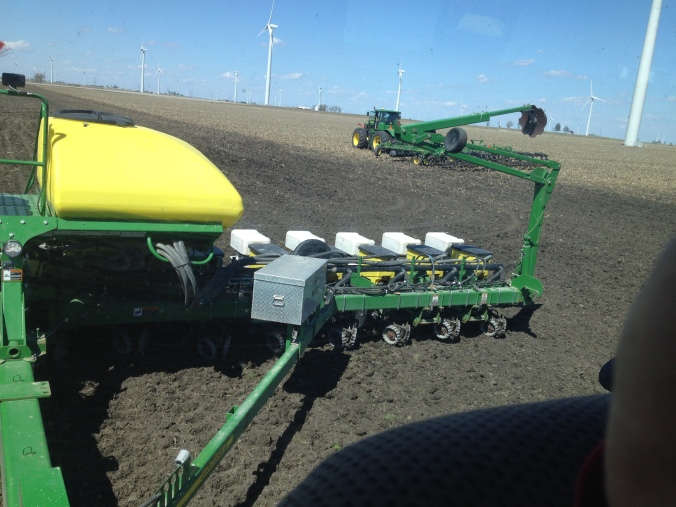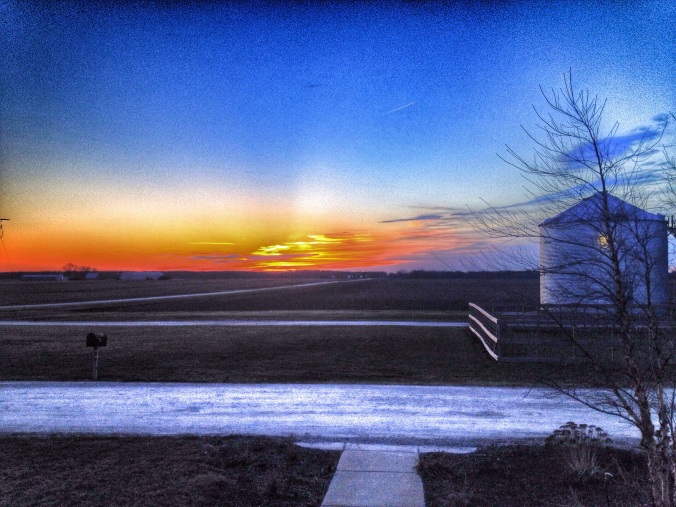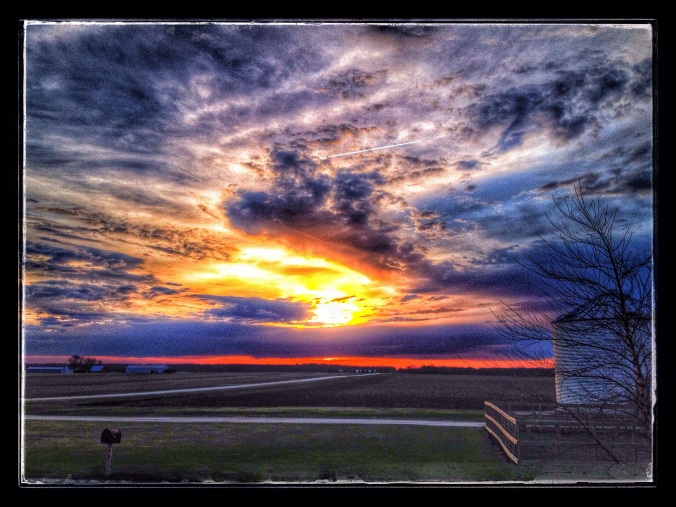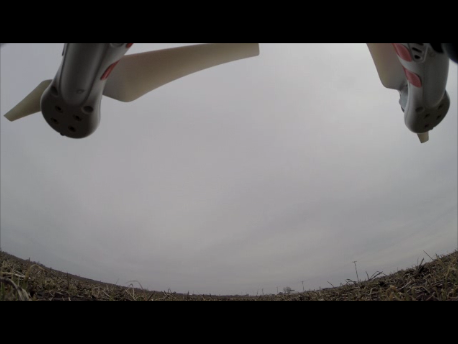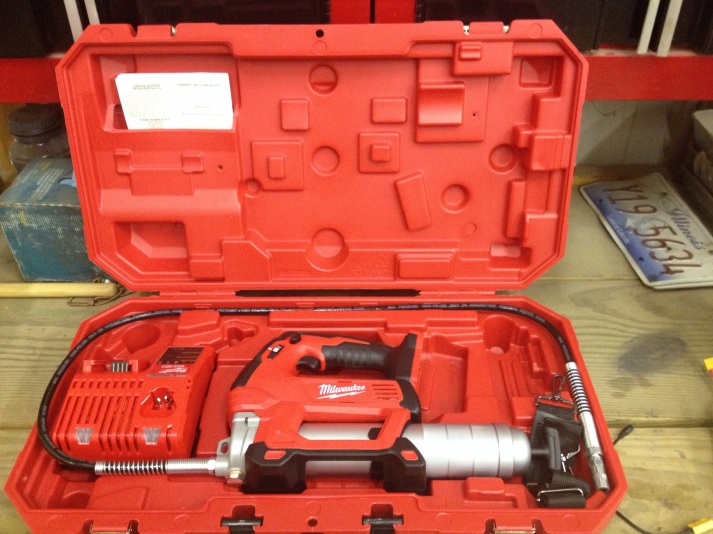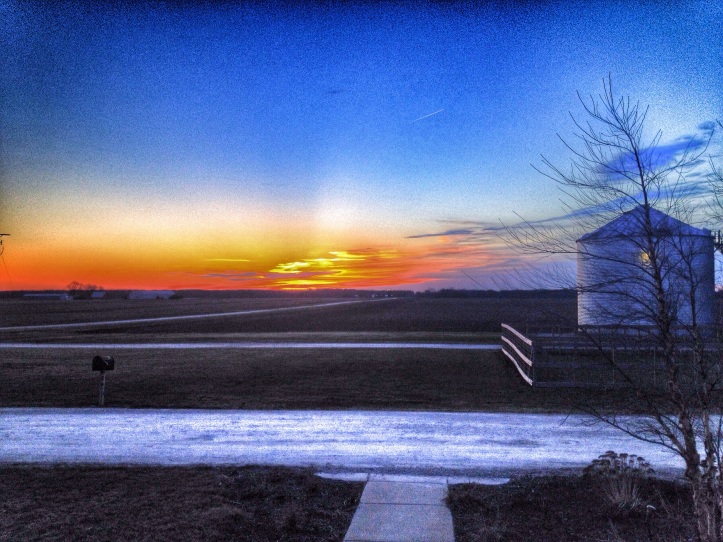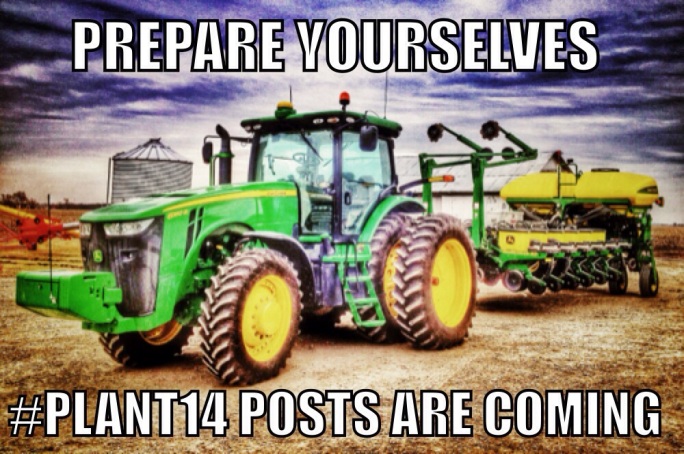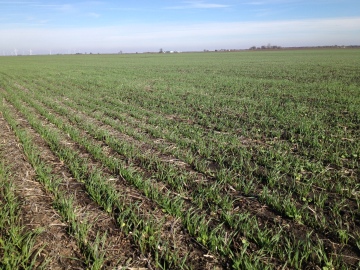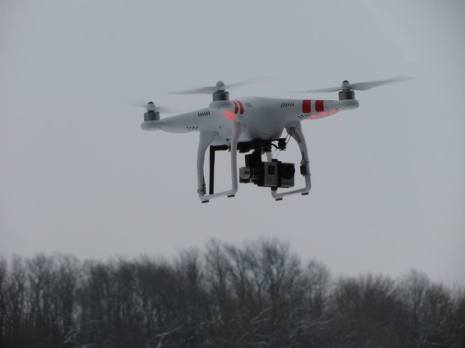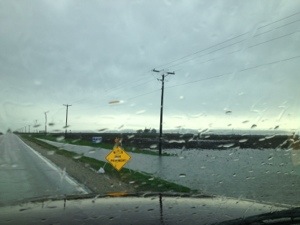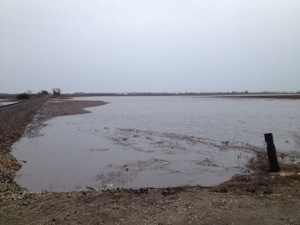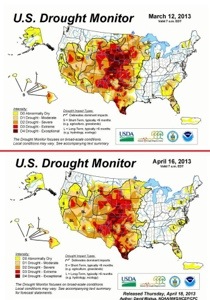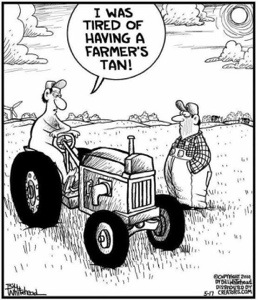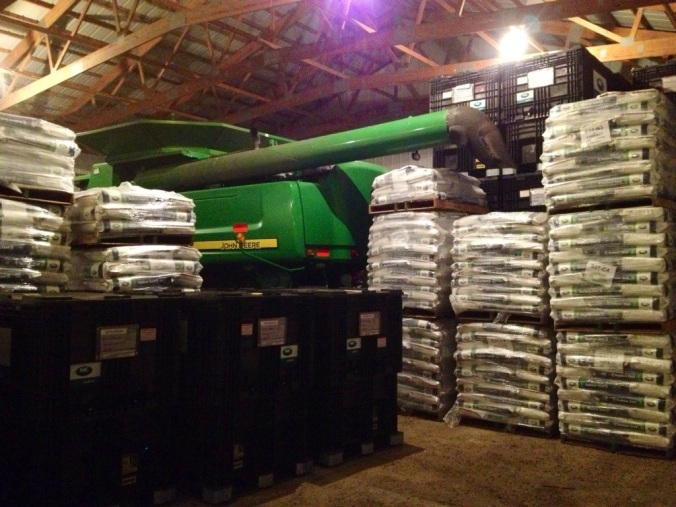We’ve all been there. Your on a warm weathered road trip, a vacation or just out to see a distant relative. Along the way you see a grain farmer (like myself) out in his fields, working the ground, tending to his crops, or harvesting. Basically doing what farmers do. While you are watching that farmer for that small moment of time, the thought runs through your head, What do they do in the winter?
“What do you do in the winter?” is the number one question I, as a farmer, have ever been asked over the years. It’s usually followed by the joking assumption that we sit in the house and watch Oprah, Springer and Maury all day. However, Nothing can be further from the truth.
Yes, we work hard in the warmer months of the year, but what about the winter? What exactly does a farmer who cant be in his fields and cant tend to crops due to the freezing cold conditions do all winter?
A lot!
Alright, so you may have saw that general response coming. So let me be more specific. In the winter, a grain farmer usually:
1.Hauls away the previous years crop from his grain bins to be sold at the elevator..
2. Works tirelessly on paperwork, closing out the year before and beginning the new year.
3. Attends meetings offered by Agricultural based companies in efforts to learn to be better at his/her job.
4. Completes all of the maintenance needed on his/her equipment to make sure its ready for the following year.
The list can go on and on.
For the moment, lets talk about #4 Maintenance. Why? Because its something we can all relate to.
If you own a vehicle, there is no doubt that at one time or another you may have had a breakdown or a flat tire. Things happen, but a general maintenance plan can help with that. Every 3000 miles or so, your car will need an Oil Change and maybe a new air filter. Every 50,000 or so miles it may need new tires, brakes or something else. If this maintenance isn’t completed in a timely manner chances are the vehicle wont last too long without having mechanical issues when you need it the most. Farm equipment is no different They need the same type of maintenance that your vehicle does, just on a larger scale. While a late model car may need its 4 quarts of oil changed every 3000 miles (for around $25-$45 at your local dealer). A tractor can run over 100-500 hours (depending on the model) before its 5-15 gallons of oil need to be changed (for $200 or more in the farmers shop). A cars tires may last 50,000 miles and cost $150 each while a tractors tires may last 4000 hours and cost upwards of $1500 each to replace (often having 6-8 tires). As you can imagine, this takes time. Especially if you have to do this type of maintenance when you need the vehicle or tractor the most.
So what do farmers do in the winter? A large part of it is maintenance, especially preventative maintenance. Every winter, at one time or another, virtually every piece of farm equipment we have is brought into our farm shop to be checked over. First we start just outside the shop door, blowing all of the dust and crop debris off of the machine with an air hose. Next, as in the case of this tractor, its brought into the shop for an oil change.
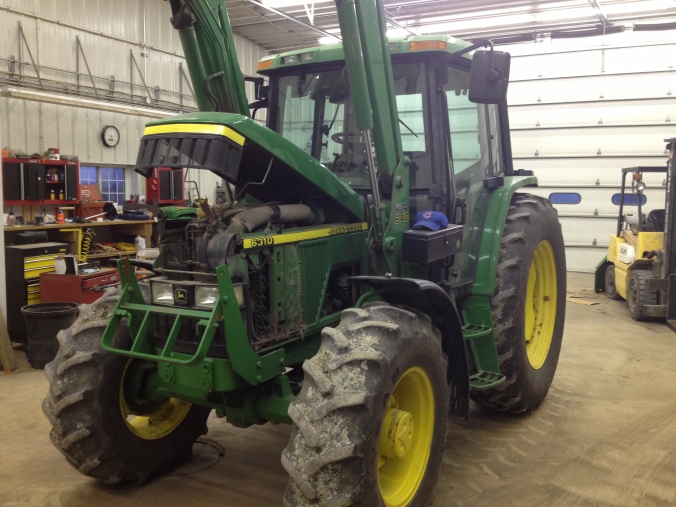
Hoods up, lets get to work! (When you see it…comment as to what it is)

Under our John Deere 6310. Getting ready to drain the oil into a bucket for it to be recycled.
Throughout my tractor maintenance ritual, I treat the tractor much like a mechanic would your car. Like, checking air pressure in the tires, checking the antifreeze and other fluid levels and so on. After the oil is changed, fluids checked, air pressures checked, and more, its time to for a wash, some touch up paint and a wax before it leaves the shop. (Look for a future post explaining more about what we do)
All of this is done to maintain our farm equipment so it can be the best it can be. We hope the machines we use have long and breakdown free lives, just as you do your vehicle. This type of preventative maintenance along with many other responsibilities are what keeps many farmers like me busy throughout the year, especially in the winter months. So if you ever wonder what farmers do in the winter, simply stop by and knock on the farm shop door. Chances are, you’ll find a farmer inside.
Want to share this with your friends? Click here:

